There’s something about picking up a classic. An old book, still revered by the modern reader, is an indication of quality as much as anything else, and it’s a special feeling to dive into a story that you know several generations have enjoyed before you.
While times and societies change, the tales that precede them stay where they are, transporting readers to different realms. It’s important to read and appreciate them; they’re objects of history that hold huge cultural significance.
1. Lord of the Flies by William Golding (1954)
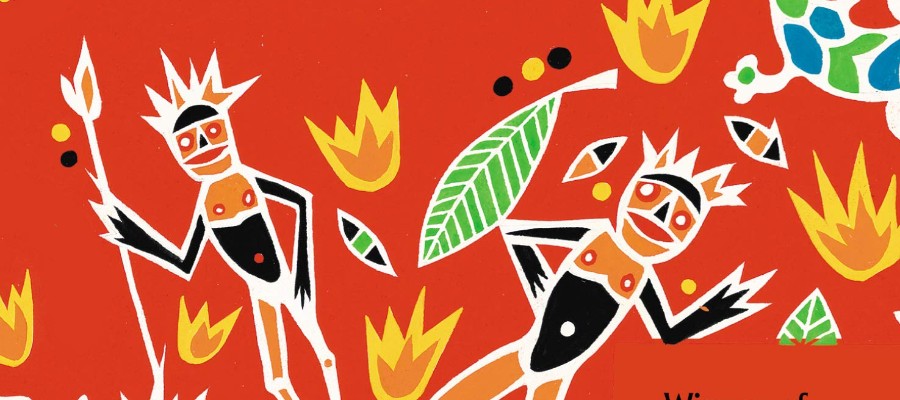
An aeroplane crashes on a desert island and only a group of boys survive. Away from society, their new world descends into violence and savagery. Written in 1954, Golding’s YA novel will shock you with its explicit brutality. You should read Lord of the Flies because it serves as a reminder that it’s only the framework of modern society that keeps humanity civilised.
If you’re a Stephen King reader, you might recognise the name Castle Rock. The town, which features in his novel Cujo amongst others was named after the camp in Lord of the Flies. Such is its cultural legacy that it’s even been parodied by The Simpsons.
2. Hard Times by Charles Dickens (1854)

If you thought you were going to read a list of excellent British books not featuring a Dickens novel, I’m afraid you thought wrong. Originally published in serial form, Hard Times follows the central ideas behind a lot of his work, challenging the injustices of the Victorian Age.
The novel is one of the most important of the 19th century, certainly in terms of its critique of the industrial society. Dickens creates absurd characters, like Mr Gradgrind in order to challenge prominent ideas of the time, particularly utilitarianism. If you haven’t read it, you probably need to, because it teaches the importance of valuing your feelings and imagination. Charles Dickens is one of the greatest writers in British history, and Hard Times won’t disappoint.
3. Far from the Madding Crowd by Thomas Hardy (1874)

You might be aware of the 2015 film adaptation of this brilliant novel, which starred Carey Mulligan and Michael Sheen. If so, it might be time to read the book itself! Set in Hardy’s Wessex, Far from the Madding Crowd is a romantic novel, but deals with themes of betrayal and madness.
The novel chronicles the lives of likeable shepherd Gabriel Oak and the assertive farmer Bathsheba Everdene, and in Victorian style doesn’t shy away from elements of tragedy and loss. Hardy introduces some interesting characters, such as the stammering Joseph Poorgrass, the ostensibly emotionless Farmer Boldwood and the elusive Fanny Robin. As Hardy’s first commercially successful piece of work, it’s most definitely worth the time of an appreciative reader.
4. Jane Eyre by Charlotte Brontë (1847)

Brontë died less than a decade after the publishing of Jane Eyre, but its impact on the modern literary landscape remains strong. The novel follows Jane, an orphan neglected by her remaining family, and her development, first at school and then as she becomes a governess.
Inspired by real-life experiences, Brontë’s novel is a great read. Tracing Jane’s journey allows for a deeply personal look into her encounters with love, betrayal and greed. You need to read Jane Eyre because it casts a contextually strong gaze at Victorian society, with the protagonist herself interacting with a variety of characters from different social classes. A brave novel, again from the 19th century, that strived to challenge social norms.
5. Wide Sargasso Sea by Jean Rhys (1966)

If we included Jane Eyre, there’s no question that Wide Sargasso Sea deserves attention, too. An adaptation of the former, Rhys takes up the story of a secondary character, namely Rochester’s first wife, Bertha Mason.
I’m not going to say too much, considering that a proportion of readers won’t have read Jane Eyre, but as a postcolonial novel Wide Sargasso Sea is an essential read. Casting a crucial perspective on an enigma of a character, Rhys brings the novel up to 20th century speed.
6. The Thirty-Nine Steps by John Buchan (1915)

Nothing beats a good old thriller, right? Protagonist Richard Hannay is given a mighty task – he must thwart a German plot to steal British military plans. Travelling to rural Scotland in the hope of avoiding his pursuers, Hannay’s knack for escaping precarious situations is elementary to the charm of this adventurous novel.
The Thirty-Nine Steps was the novel that elevated Buchan to commercial success. Having been published during World War One, it tapped into the growing sense of patriotism in the face of adversity. As a story, Buchan has created an exciting piece of work that retains a certain charm, helped by Hannay’s ‘reluctant hero’ persona. A classic 20th century thriller, The Thirty-Nine Steps is only 96 pages long, so read it. It won’t waste your time in any case.
7. The Secret Diary of Adrian Mole, Aged 13 and ¾ by Sue Townsend (1982)
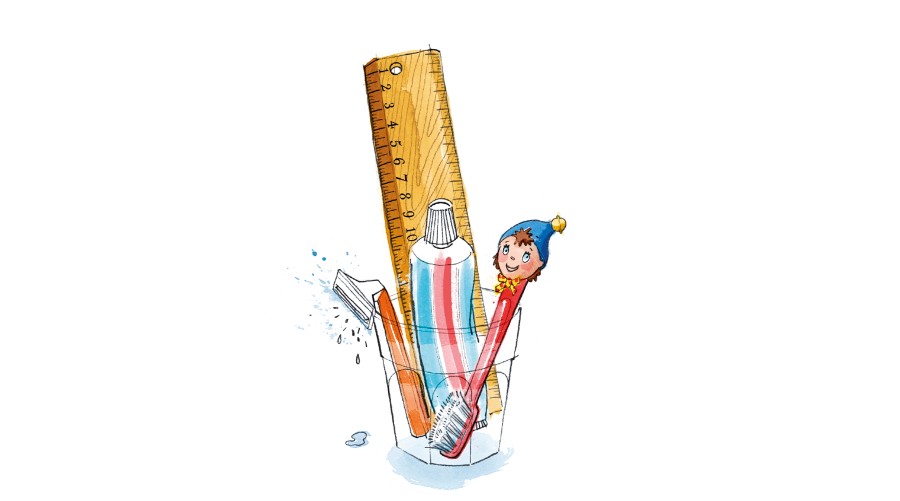
Written in diary form, The Diary of Adrian Mole… follows the life of a teenager who believes himself to be an intellectual. Perpetually confused and slightly delusional, Adrian dubs himself an “existentialist nihilist” and writes terrible poetry.
Townsend manages to make it quite a moving read at times and Adrian, despite being moderately ridiculous is generally a good teenage boy, who navigates his way from one awkward situation to the next. The Secret Diary of Adrian Mole is like an exaggerated throwback to your early teenage years. It’s cringeworthy most of the time, but this book is worthy of a read because as well as seeing Adrian move from childhood to adulthood, it provides readers with a humorous insight into the goings on of the early 1980s.
8. Animal Farm by George Orwell (1945)
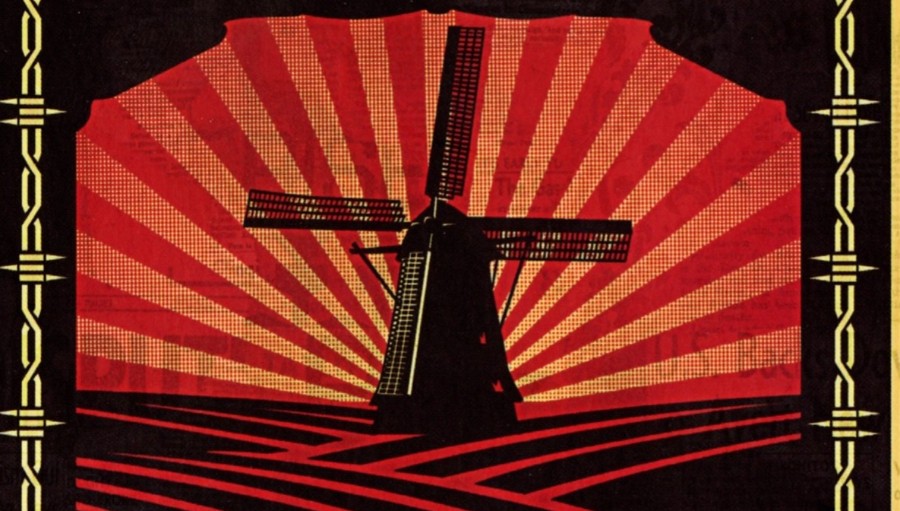
Arguably some of Orwell’s best writing. This politically motivated novel was constructed as a criticism of Stalin’s Soviet Union, but for satirical purposes the characters are principally animals. At 112 pages it’s a short read, which maybe emphasises its value as a novel. Thought-provoking, witty 20th century satire that invites the reader to question humans’ intrinsically selfish nature.
I think that in writing Animal Farm, Orwell may have wanted people to address that human nature transcends politics, and until humanity can learn to abandon its selfish, vindictive elements, the notion of an equal society is nonsensical. Moreover, Animal Farm is an important British classic because it highlights the plight of the downtrodden and the hypocrisy of their oppressors.
9. The Hobbit by J.R.R Tolkien (1937)

Tolkien is a genius, and this is an amazing book. You may have seen the film adaptations that ran from 2012-14. They weren’t bad – the novel is better. Fantastical, seminal writing that deserves boundless appreciation. Tolkien’s The Hobbit belongs in the class of novel that renders you utterly compelled to continue reading.
It’s easy-to-read and engaging. Tolkien’s likeable protagonist, Bilbo, is witty and charming. Generally, the story is a great example of 20th century British fantasy writing. You may be questioning why The Hobbit was chosen over Lord of the Rings – the answer is that it’s more a more universal read.
10. David Copperfield by Charles Dickens (1850)
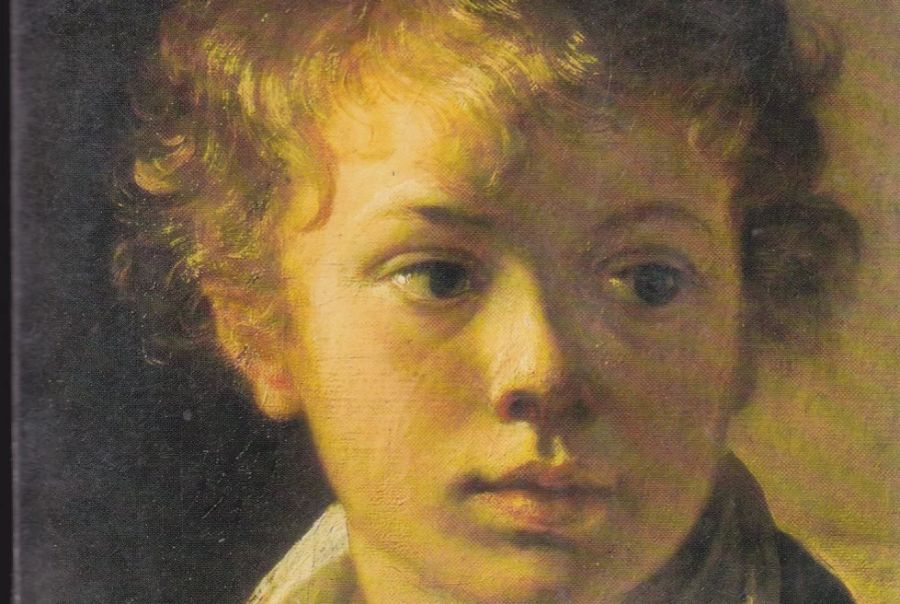
This was Dickens’ eighth novel, drawing on a litany of personal experiences. Those experiences shaped a moving tale of a young man who most overcome poverty and destitution in oppressive Victorian England. It goes without saying that Dickens fans will have read David Copperfield, but if you haven’t then I highly suggest you go ahead and do so. It’s a British classic because as well as encapsulating the society of a bygone era, Dickens creates a warm and brave protagonist who strives to defeat his oppressors.
If you’re a regular cinema goer you may have seen or heard about The Personal History of David Copperfield, a delightful reimagination of the book which was released in the U.K. in January. That said, it’s worth reading the book first as it’ll be harder to fully understand the movie otherwise.
11. Love on the Dole by Walter Greenwood (1933)
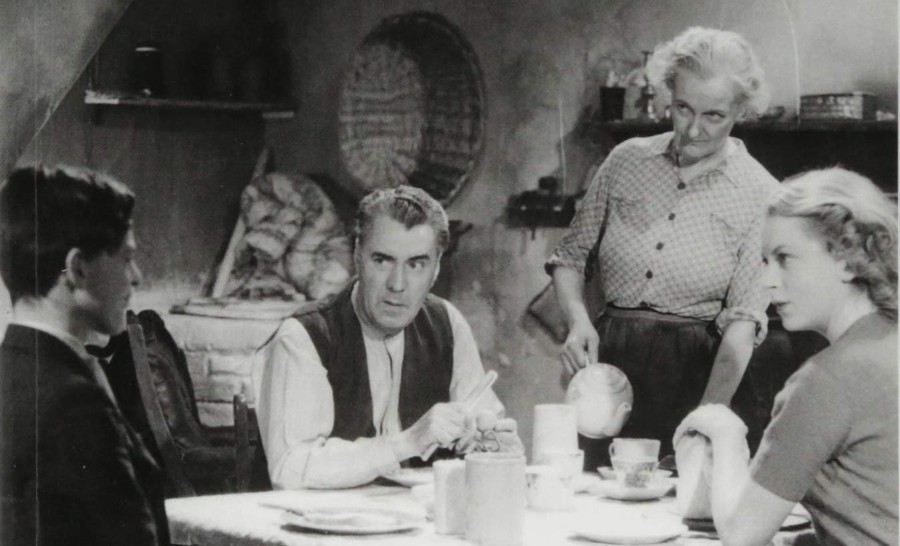
Greenwood wrote Love on the Dole intending to show Britons the difficulties of living on benefits. He had been ‘on the dole’ himself, growing up in a period of economic hardship in Salford. The novel follows Harry Hardcastle, a young man who is left unemployed at the age of 21, when his apprenticeship expires. When his father also loses his job at the mine, the family of four are left to depend largely on his sister.
Love on the Dole may not have reached the commercial heights of other books on this list, but Greenwood has produced a stellar novel that remains relevant and relatable today. A moving read that reflects the feeling of hopelessness that people living on so little must have felt.
12. Tom’s Midnight Garden by Philippa Pearce (1958)
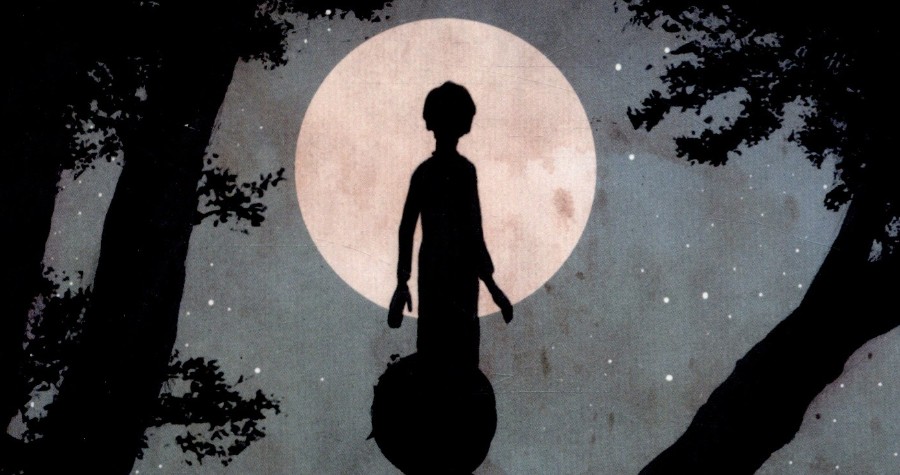
A post-war classic in every sense. Pearce’s engrossing Tom’s Midnight Garden is rightfully celebrated as one of the best pieces of children’s literature of the 20th century. Our protagonist, a boy named Tom, has measles, which consequently means he’s not allowed to leave his aunt and uncle’s flat. Encouraged to investigate after the building’s grandfather clock rings strangely, Tom enters a strange but enthralling time slip.
It’s a ghost story, I suppose, but that’s not how it feels. A moving novel that tackles the theme of time, with a whimsical feel that entices readers. You need to read Tom’s Midnight Garden because it’s such an imaginative piece of children’s fiction. Pearce’s entrancing effort continues to woo readers of all ages – a novel of this ilk is worth its weight in gold.
Some of the coverage you find on Cultured Vultures contains affiliate links, which provide us with small commissions based on purchases made from visiting our site.

